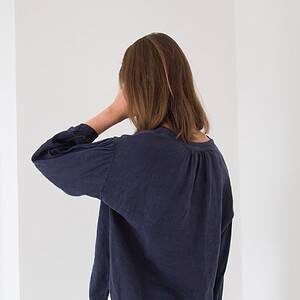
The 5 Best Menopause Facial Hair Removal Solutions
Many women over 40 are exploring menopause facial hair removal methods. They are beginning to notice unwanted hair growth, especially on the upper lip or chin, as they enter menopause. That’s because, during menopause, estrogen levels decline far more than testosterone.
This imbalance of hormones causes the appearance of coarse facial hair. Tweezing, waxing, hair removal creams, and threading will get rid of a few stray hairs temporarily, but it grows back quickly making it hard to keep up.
There’s nothing unhealthy about this type of unwanted hair growth, but it can cause embarrassment and self-consciousness at a time of life when women are already feeling the stigma of aging in our youth-obsessed culture. Fortunately, there are excellent solutions to help you feel good again.
In this blog, we’ll discuss the best methods to permanently remove unwanted hair during and after menopause.
What Menopause Facial Hair Removal Options Work?
1. Laser hair removal
Laser hair removal can remove unwanted facial hair, BUT there’s a caveat. Laser hair removal only works on dark hair because the laser targets melanin, which is the pigment that gives hair and skin its color. Oftentimes, menopause facial hair includes coarse white or clear hairs whose growth will not be affected by the laser. If your unwanted hair is light, the laser won’t work.
2. Electrolysis
Electrolysis is a permanent hair removal solution, and, in my experience, the best option. It destroys the hair follicles – no matter what color the hair – so they can’t grow back. It’s no more painful than the laser treatment, just mild discomfort. Most women require several appointments to get results but the results are worth it. If you decide to go this route, choose a licensed electrologist or ask your doctor for a recommendation.
3. Tweezing, waxing, or threading.
These methods all pull the hair out at the root.
Tweezing is easy and cheap but it’s slow and hard to keep up if you have a lot of hair.
Waxing is simply tweezing in bulk. Waxing can lead to ingrown hairs, so you might want to have this done by an experienced esthetician.
Threading uses thin, doubled threads pulled tight and rolled over the face. It’s quicker than tweezing, but hard to do at home.
4. Shaving.
Shaving is a cheap and effective – though temporary – way to deal with facial hair. Plan on shaving just after a shower when the hair is softer. Be sure to use a sharp razor to avoid rashes and ingrown hairs.
Contrary to any tales you may have heard, none of these methods will cause hair to grow back darker or coarser.
5. Depilatory creams and prescriptions.
Oh. The smell. Depilatory creams have come a long way but still have a strong smell many women don’t like. And some women are sensitive to the chemicals that cause the hair to dissolve. Be sure to do a small test patch first to check for any reaction.
Prescription topical treatments like VANIQA can help, but they can be expensive and have to be used continuously or the hair grows back.
Menopause Facial Hair Removal: Final Thoughts
Having some hair on your face and chin is perfectly normal during the menopause transition and is usually more of a cosmetic concern than a medical one.
There are a number of good at-home and professional facial hair removal methods if you choose to do so. Electrolysis is my favorite method because it works on all hair colors, is relatively pain-free and affordable, and, after a few treatments, the results are permanent.

MEET DR. ELLEN
My mission is to bring you the most up-to-date, proven medical information, simplified, so you can make confident, educated decisions about your health.
I'M LOOKING FOR...
grab your 5 day
quick start guide



